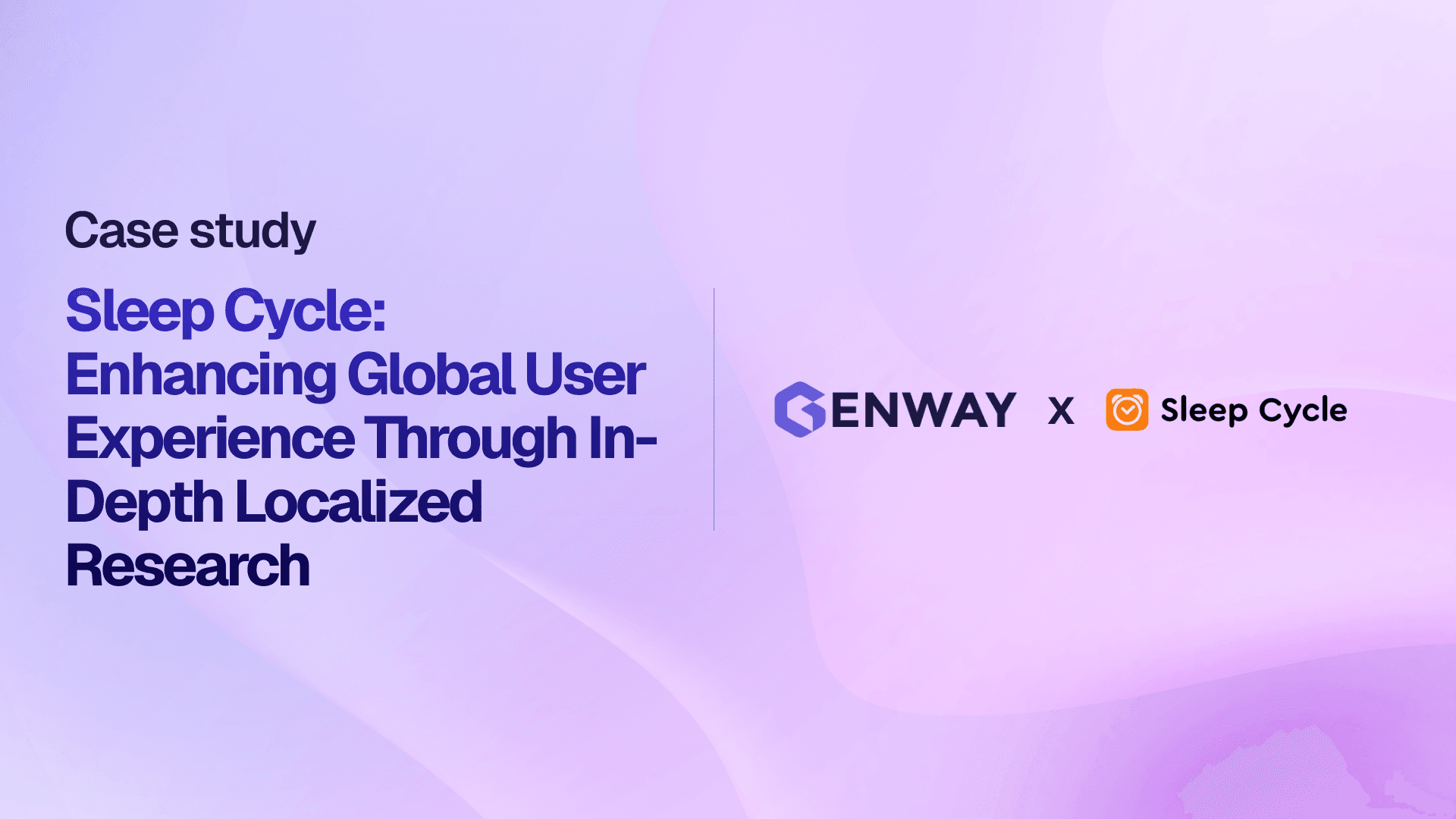Understanding SaaS Churn: The era of AI-led post-mortems

Natan Voitenkov
May 5, 2024
•
10
min read
Credit: Lenny’s Newsletter, “What is good monthly churn.”
Churn is the “leading cause of business death”, yet teams rarely leverage research to post-mortem it. We post-mortem all sorts of bugs and issues, but we don’t often research churn. And this, dear readers, is a GRAVE mistake.
Churn is bad. It negatively impacts revenue. It hurts your brand. It leaves you vulnerable to competition. Churn strains operations and employee morale. For investors, churn is a big ol’ red flag. Unfortunately, the bad news doesn’t end there.
Churn is extremely difficult to understand, because there are many potential reasons for customer churn - most of which can't be found nor understood from analytics.
Data from Blossom Street Ventures tracking Public SaaS companies places Median Net Dollar Retention at 111% - the lowest point in years. Check out their live SaaS metrics dashboard here - one of the best resources I have seen for SaaS founders. Thank you Sammy Abdullah .

Another interesting observation on SaaS Churn Rates can be found via Google Trends . Over the last couple of years, interest in Churn Rate doubled.

A poor user experience can of course lead to churn. When products don’t meet fundamental customer needs and evolving expectations, or when the quality bar isn’t met… It’s game over. But churn is also a function of poor customer support, a lack of communication with customers, concerns over price vs. value, strong(er) competition, surprising changes to the product that yield frustration, or a lack of personalization that leads to deep dissatisfaction.
But how do you know which factors led to churn in YOUR case?
Hypothetically, we have a robust toolkit at our disposal to understand why customers churn:
Data Science / Analytics; engagement metrics, segmentation analyses, financial/business impact reports, A/B testing, log data analysis.
CX / Customer 360: customer support interactions, incoming customer feedback.
Research: Customer surveys, or interviews with churned customers or those who are at risk of churning.
In practice, Data Science, Analytics, and CX teams tend to contribute most of the insights regarding churn, though their methods limit the depth, helpfulness, and actionability of those insights. Contrarily, research hasn’t contributed as much to understanding the problem of churn. Why?
In the realm of UX Research, we often discuss Generative vs. Evaluative research, or other segmentation of UX Research methods like pre-launch vs. post-launch. But take any methods segmentation out there, and note how it’s typically focused on pre-churn stages.
UXR teams run concept tests to help establish product-market fit. They run usability tests to ensure products are easy to understand and use. And they run post-launch evaluative interviews (or surveys) to enable smart iterations and hopefully a delightful experience. In a perfect world, those “research lines of defense” would suffice, and we’d end up with a bunch of delightful experiences and therefore no churn.
But alas, that isn’t the case. UXR lines of defense fail, all the time… And teams must do more to engage with churned customers, because as you may recall - churn is bad.
The thing is, there’s this perception in the research community that churned customers don’t want to talk. They’re over your product and they’re over you. Why would they take the time?

Genway completed 155 interviews with churned customers, within a matter of days, covering 19 different geos. Almost half of the interviewees chose to extend the interview beyond the pre-scheduled time.
On the one hand, there’s some truth to this. People are busy and it’s often not top of mind to provide feedback on a product you’re not using anymore and don’t intend to. On the other hand, feedback and reviews online tend to have a bimodal distribution, where positive AND negative feedback is much more common than anything in between.
But what if busy churned customers could provide qualitative feedback at any time of the day, seven days a week? And what if they could give that feedback to an AI, rather than enduring the awkwardness of providing harsh feedback to an employee of the company they churned from?
At Genway, we aim to provide Insights Generating Functions with actionable insights from churn interviews so you can target churn or, more practically, address customer issues that could help retain them. We’re your 365 days a year, 24/7 churn explorer, and we won’t stop until you’ve achieved great monthly churn. Which by the way:

Lenny’s Newsletter, “What is good monthly churn.”
We’re dedicated to transporting customer-obsessed teams into the next era of research, so you can understand churn at the scale and speed that only AI can afford you. Genway’s end-to-end user interviewing solution leverages the latest AI technology to conduct user research autonomously, augmenting research by Insight Generating Functions with actionable insights on customer retention and so much more, all in real-time. We offer a solution that benefits businesses building delightful products that keep customers happy, engaged, and paying 😉.
If you’d like to learn more about what we’re up to at Genway, check out our website at www.genway.ai. We’re working hard to leverage AI in ways that benefit our society and help us build technology inclusively.
We’re always looking for feedback; If you’d like to try Genway, reach out at natan@genway.ai or DM me on LinkedIn.
More insights

Generate insights with depth and scale using AI Interviewers




